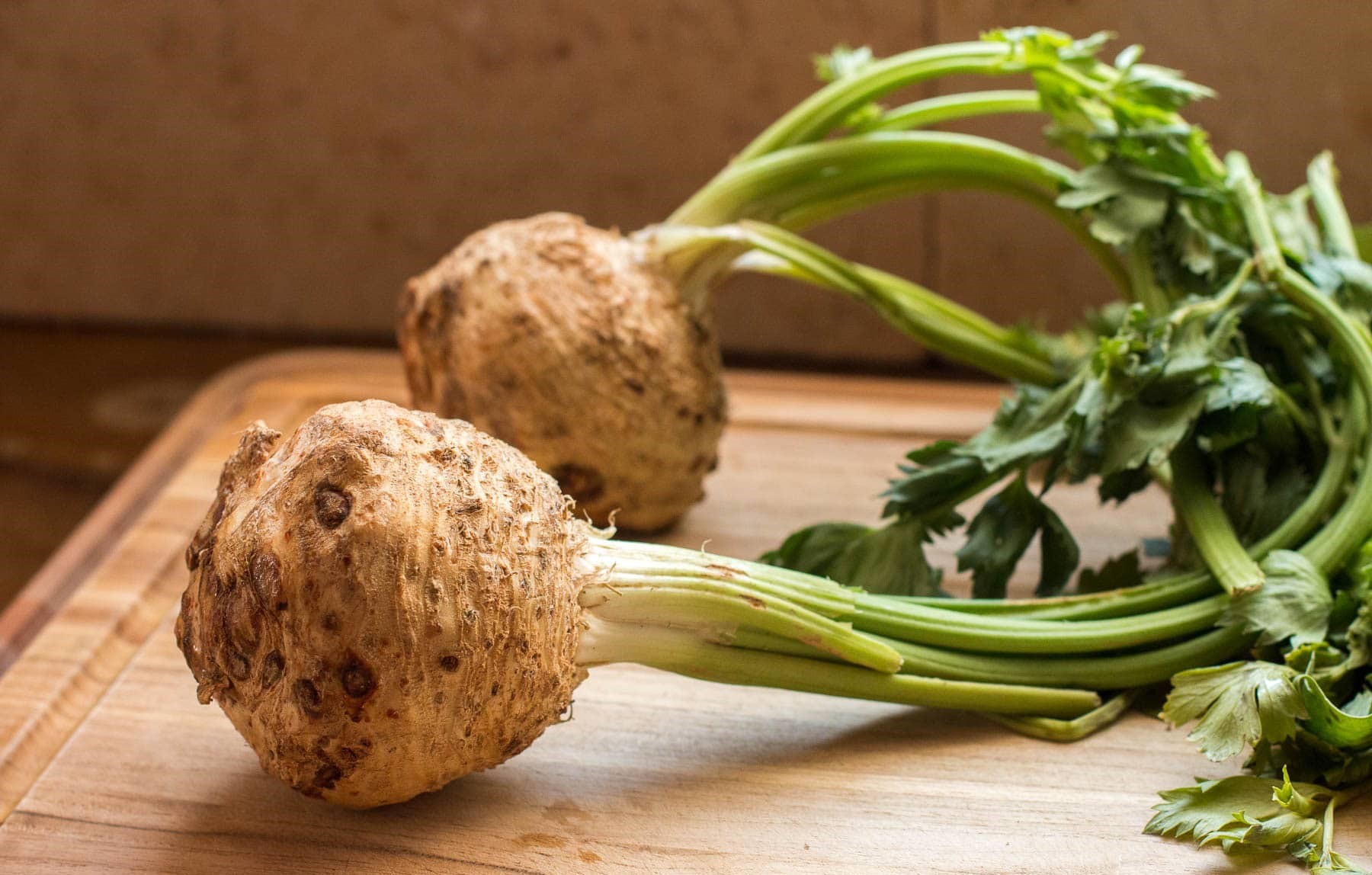

Articles
How To Store Celery Root
Modified: August 23, 2024
Learn how to store celery root to preserve its freshness and flavor for longer. Read our informative articles for step-by-step instructions and helpful tips.
(Many of the links in this article redirect to a specific reviewed product. Your purchase of these products through affiliate links helps to generate commission for Storables.com, at no extra cost. Learn more)
Introduction
Welcome to our guide on how to store celery root! Celery root, also known as celeriac, is a versatile and flavorful vegetable that adds a unique taste to various dishes. It is commonly used in soups, stews, salads, and can even be mashed or roasted as a delicious side dish.
However, if you have ever purchased celery root and struggled to keep it fresh for a longer period, you are not alone. Celery root has a tendency to wilt quickly if not stored properly, leading to a loss of taste and texture. But fret not! With a few simple steps, you can ensure that your celery root stays fresh and ready to use whenever you need it.
In this article, we will guide you through the process of selecting, cleaning, storing, and using celery root. Whether you plan to use it right away or save it for future use, we have got you covered. So let’s dive in and learn how to store celery root like a pro!
Key Takeaways:
- Master the art of storing celery root to keep it fresh and flavorful. Select, clean, and slice the root, then store it in the fridge or freezer for extended use in soups, salads, and more.
- Enjoy the versatility of celery root in various dishes. From soups and stews to roasted sides and creamy mashes, this vegetable adds unique flavors and textures to your culinary creations.
Read more: How To Store Celery Sticks
Step 1: Selecting the Celery Root
The first step in storing celery root is to choose the right one at the store or market. When selecting celery root, look for a firm and heavy vegetable with a smooth, unblemished skin. Avoid any roots that feel soft, have visible bruises, or show signs of mold. The ideal celery root should have a fresh and earthy scent.
Size is also an important factor to consider. Smaller roots are typically more tender and flavorful, while larger roots can have a woody texture. Choose the size based on your preference and the recipe you plan to use it in.
Additionally, consider the seasonality of celery root. It is most widely available from late summer through the fall and winter months. Choosing a celery root when it is in season ensures that you are getting the freshest and best-tasting produce.
Remember, the quality of the celery root you select will directly impact its shelf life and how well it stores, so take your time to find the best one available.
Step 2: Cleaning and Peeling the Celery Root
Once you have selected your celery root, it’s time to give it a thorough cleaning. Start by rinsing the root under cool water to remove any dirt or debris. You can use a vegetable brush to gently scrub the outer surface of the root if needed.
After cleaning, it’s time to peel the celery root. Use a sharp knife or a vegetable peeler to remove the tough outer skin. Make sure to remove all the brownish or rough patches, as they can affect the texture and taste of the celery root.
Be careful while peeling, as the root may have uneven shapes and contours. Take your time and peel it in a way that removes the outer layer while preserving as much of the flesh as possible.
Once the celery root is peeled, you can further trim the ends and shape it according to your recipe’s requirements. If you’re not using the entire root at once, slice or dice it into smaller pieces that are easy to store.
Remember, proper cleaning and peeling ensure that any dirt or impurities are removed, making the celery root safe to consume and reducing the risk of spoilage during storage.
Step 3: Slicing or Dicing the Celery Root
Once you have cleaned and peeled the celery root, the next step is to slice or dice it into manageable pieces. How you slice or dice the celery root will depend on your preference and the recipe you plan to use it in.
If you prefer thin, uniform slices, use a sharp knife to cut the celery root into even disks. These slices are perfect for salads or roasting. Alternatively, you can julienne the celery root by cutting it into thin, matchstick-like strips. This is ideal for stir-fries or adding a crunchy texture to soups.
If your recipe calls for diced celery root, cut the root into smaller, uniform cubes. Diced celery root works well in soups, stews, and mashes, providing a hearty texture and flavor.
Remember, the size and shape of the celery root pieces will affect the cooking time, so adjust accordingly to ensure even cooking in your dish.
Once you have sliced or diced the celery root, it is ready for storage or immediate use in your favorite recipes. But before storing, make sure to follow the next step to maximize its shelf life.
Store celery root in a cool, dark place with good ventilation, such as the refrigerator crisper drawer or a root cellar. Keep it unwashed and wrapped in a paper towel to absorb excess moisture and maintain freshness.
Step 4: Storing Fresh Celery Root in the Refrigerator
To maintain the freshness and quality of your celery root, proper storage is essential. The refrigerator is the best place to store fresh celery root, as it helps slow down the natural deterioration process.
Here’s how you can store fresh celery root in the refrigerator:
- Wrap: Start by wrapping the celery root tightly in a paper towel to absorb excess moisture. This helps prevent the root from becoming slimy and extends its shelf life.
- Seal: Place the wrapped celery root in a plastic bag or airtight container. This provides an extra layer of protection against moisture and prevents the root from absorbing any odors from other foods in the refrigerator.
- Location: Store the celery root in the vegetable crisper drawer of your refrigerator. This drawer is designed to maintain optimal humidity levels, preventing the root from drying out.
- Temperature: Keep the refrigerator temperature between 32°F (0°C) and 40°F (4°C). Avoid storing the celery root near the refrigerator’s cooling vents, as the cold air can cause it to freeze or become damaged.
Stored properly, fresh celery root can last for up to 2-3 weeks in the refrigerator. However, it is best to use it within the first week for optimal taste and texture.
Remember, always check the celery root for signs of spoilage, such as mold, bad odor, or excessive softness, before using it in your recipes.
Read more: How To Store Celery In Freezer
Step 5: Freezing Celery Root for Long-Term Storage
If you have more celery root than you can use within a few weeks, freezing is a great option to extend its shelf life for several months. Freezing celery root allows you to have this versatile vegetable on hand whenever you need it, without worrying about it spoiling.
Follow these steps to freeze celery root:
- Blanching: Start by blanching the celery root. Bring a large pot of water to a boil and add the sliced or diced celery root. Boil for 2-3 minutes, then quickly transfer it to an ice bath to stop the cooking process.
- Drain and Dry: Once the celery root has cooled in the ice bath, drain it thoroughly and pat it dry with paper towels. This step helps remove excess moisture and prevents ice crystals from forming during freezing.
- Packaging: Place the blanched and dried celery root into freezer-safe containers or heavy-duty freezer bags. Squeeze out as much air as possible before sealing the containers or bags to prevent freezer burn.
- Labeling: Don’t forget to label the containers or bags with the date of freezing to keep track of its freshness.
- Freezing: Place the sealed containers or bags in the freezer. Make sure they are placed in a single layer initially to allow for faster freezing. Once frozen, you can stack them to save space.
Frozen celery root can retain its quality for up to 10-12 months. However, for the best taste and texture, it is recommended to use it within 6 months.
When you’re ready to use the frozen celery root, simply thaw it in the refrigerator overnight or use it directly in recipes that require cooking, such as soups or stews.
Note that freezing may slightly alter the texture of the celery root, making it less crispy. However, it still retains its flavor and can be used in cooked dishes with excellent results.
Step 6: Using Stored Celery Root in Recipes
Celery root is a versatile ingredient that can be used in various dishes to add a unique flavor and texture. Now that you have stored either fresh or frozen celery root, it’s time to put it to good use in your favorite recipes!
Here are some ideas on how to use stored celery root:
- Soups and Stews: Celery root adds a subtle, earthy flavor to soups and stews. You can dice it and add it to vegetable-based soups or creamy stews for added texture and taste.
- Roasted or Mashed: Roasting or mashing celery root brings out its sweetness and creates a delicious side dish. Simply toss the sliced or diced celery root with olive oil and your favorite spices, then roast it in the oven until tender. Alternatively, boil the celery root until soft, then mash it with butter, cream, and seasonings for a creamy and flavorful alternative to mashed potatoes.
- Salads and Slaws: Thinly sliced or julienned celery root makes a wonderful addition to salads and slaws. Its crisp texture and mild flavor add a refreshing element to the dish. You can combine it with other vegetables, such as carrots or apples, for a colorful and nutritious salad.
- Gratin or Casseroles: Layering sliced celery root in gratins or casseroles adds a unique taste and texture. Whether you’re making a cheesy potato gratin or a vegetable casserole, celery root can be a delicious and unexpected addition.
- Purees and Pureed Soups: Adding cooked celery root to purees or pureed soups lends a creamy texture and subtle flavor. It can be combined with other root vegetables like potatoes or parsnips for a comforting and flavorful puree.
Feel free to get creative and experiment with different recipes that incorporate celery root. Its versatility makes it a great addition to both savory and sweet dishes.
So go ahead and enjoy the flavors and textures that celery root brings to your culinary creations!
Conclusion
Congratulations! You have now mastered the art of storing celery root. By following the steps outlined in this guide, you can ensure that your celery root stays fresh and flavorful for extended periods of time, whether in the refrigerator or the freezer.
Remember to start by selecting a high-quality celery root, free from blemishes and with a firm texture. Clean and peel the root carefully, removing any dirt or rough patches. Slice or dice it according to your recipe’s needs.
When it comes to storing celery root, the refrigerator is your best friend. Wrap the root in a paper towel, seal it in a plastic bag or airtight container, and keep it in the vegetable crisper drawer. Maintain a temperature between 32°F (0°C) and 40°F (4°C) for optimal freshness.
If you have an abundance of celery root, freezing it is a great option. Blanch the slices or cubes, drain and dry them, and pack them into freezer-safe containers or bags. Label the containers or bags with the date and place them in the freezer for long-term storage.
When you’re ready to use the stored celery root, thaw it in the refrigerator overnight or use it directly in cooked recipes. Soups, stews, salads, and gratins are just a few examples of the delicious dishes you can create with celery root.
So, whether you’re a seasoned chef or a cooking enthusiast, you now have the knowledge and techniques to store celery root like a pro. Enjoy the versatility and flavors that this wonderful vegetable brings to your culinary adventures!
Frequently Asked Questions about How To Store Celery Root
Was this page helpful?
At Storables.com, we guarantee accurate and reliable information. Our content, validated by Expert Board Contributors, is crafted following stringent Editorial Policies. We're committed to providing you with well-researched, expert-backed insights for all your informational needs.

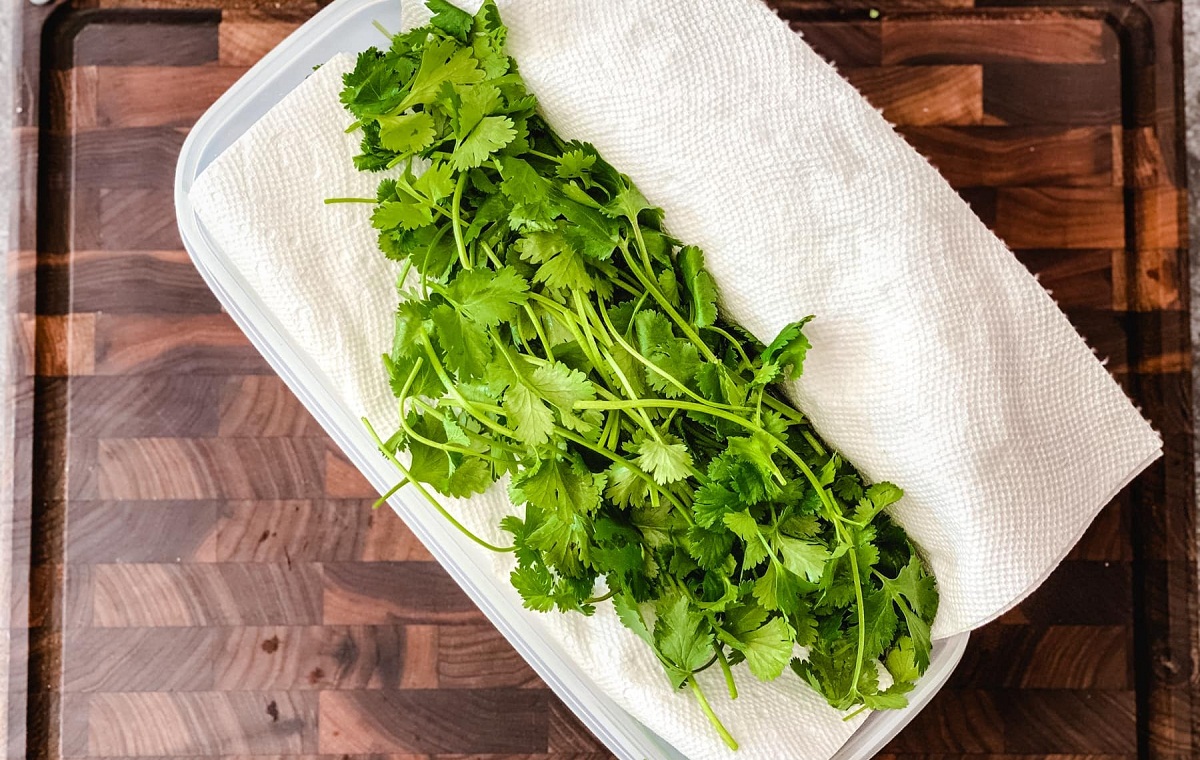
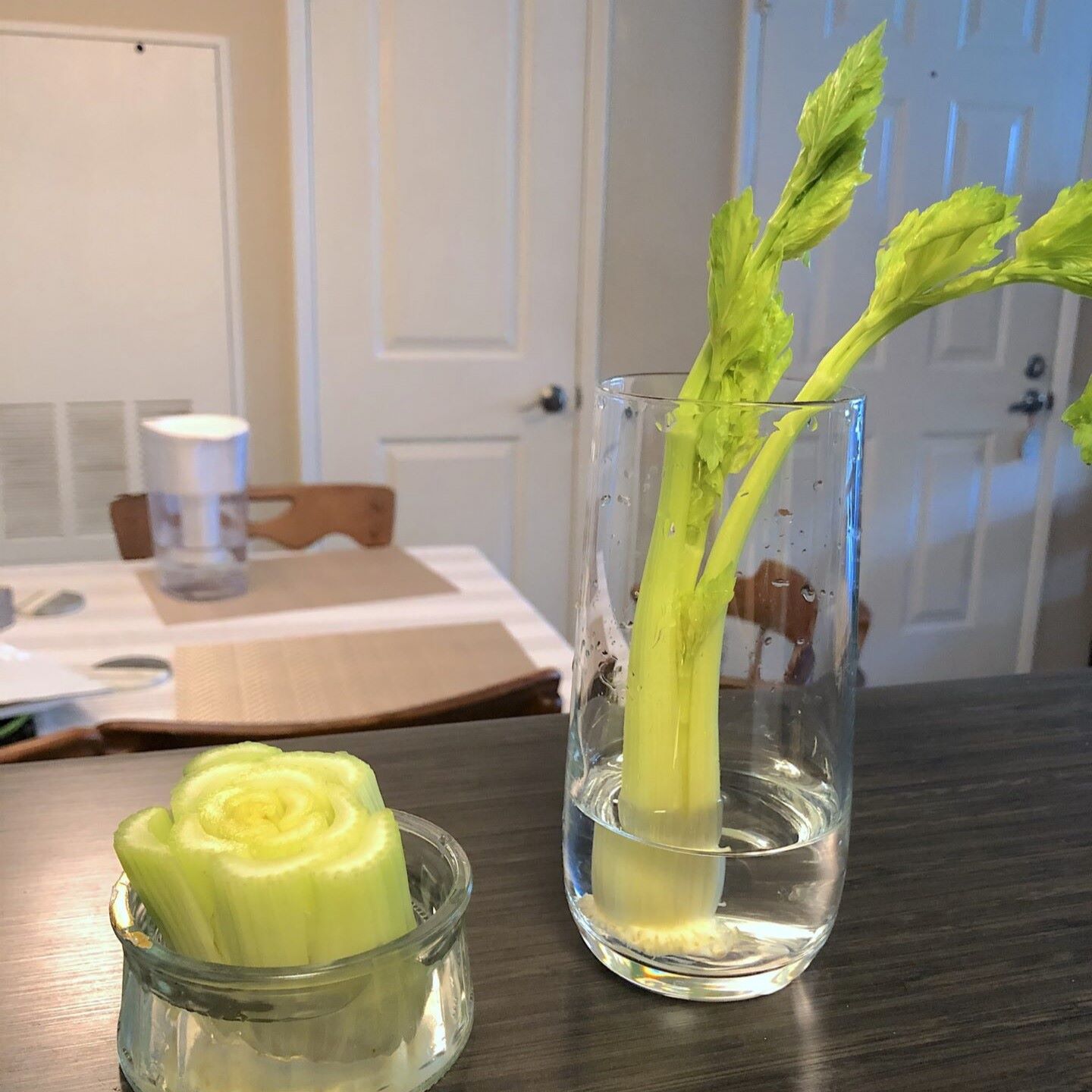



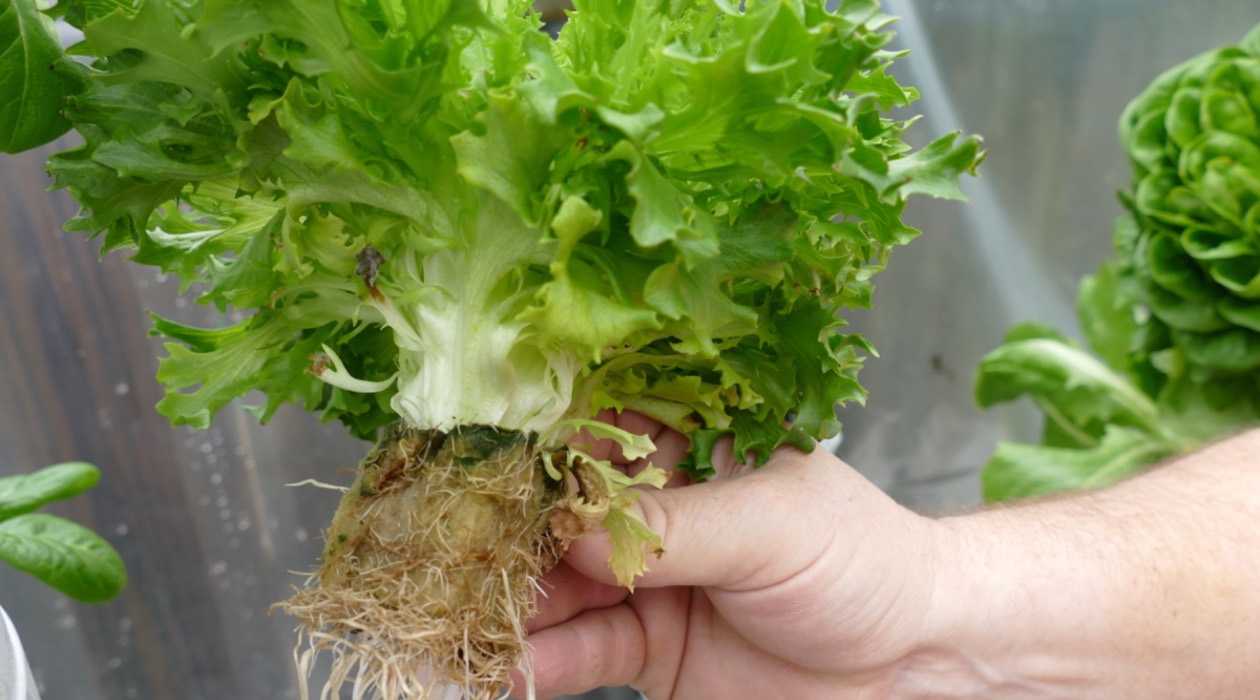
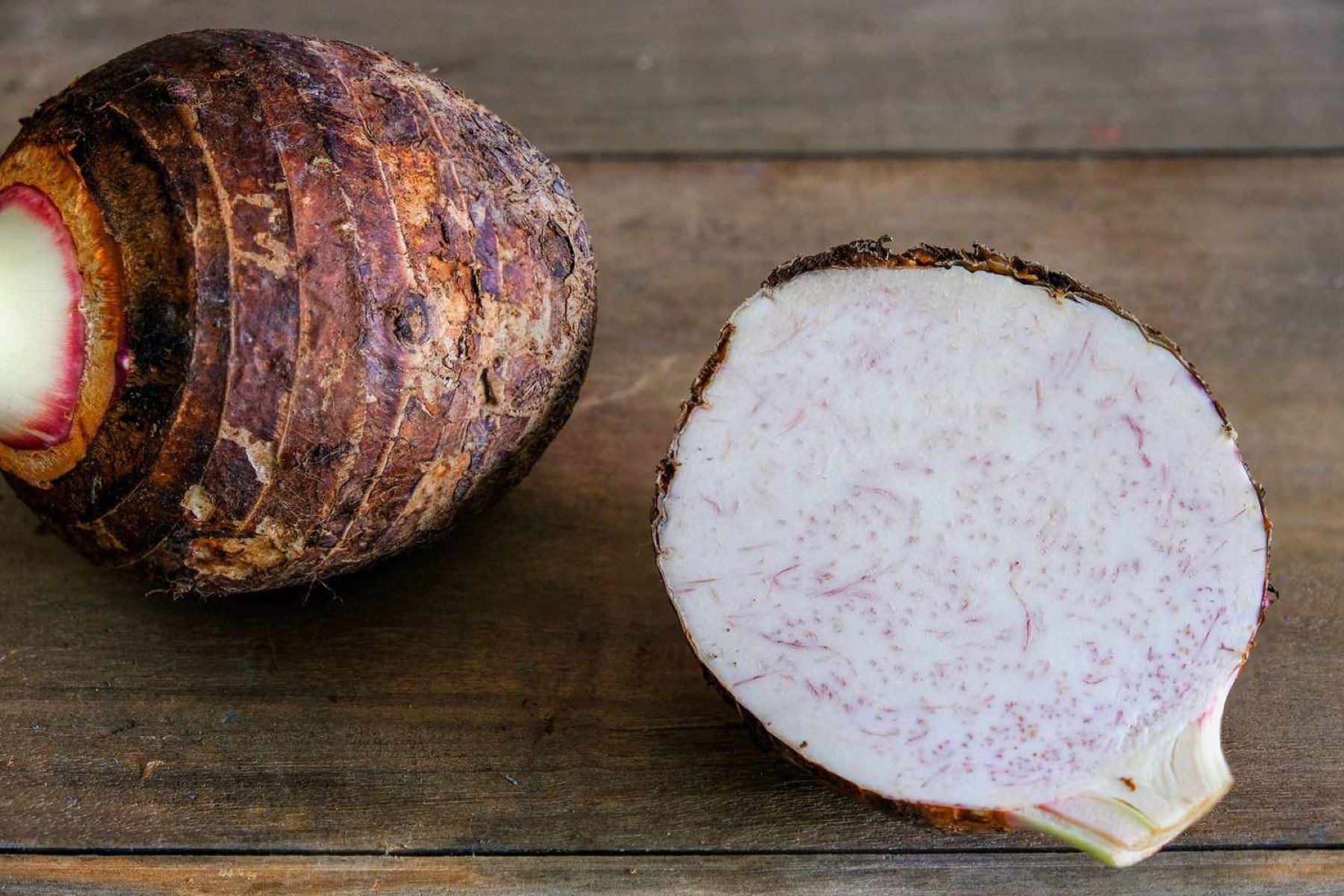

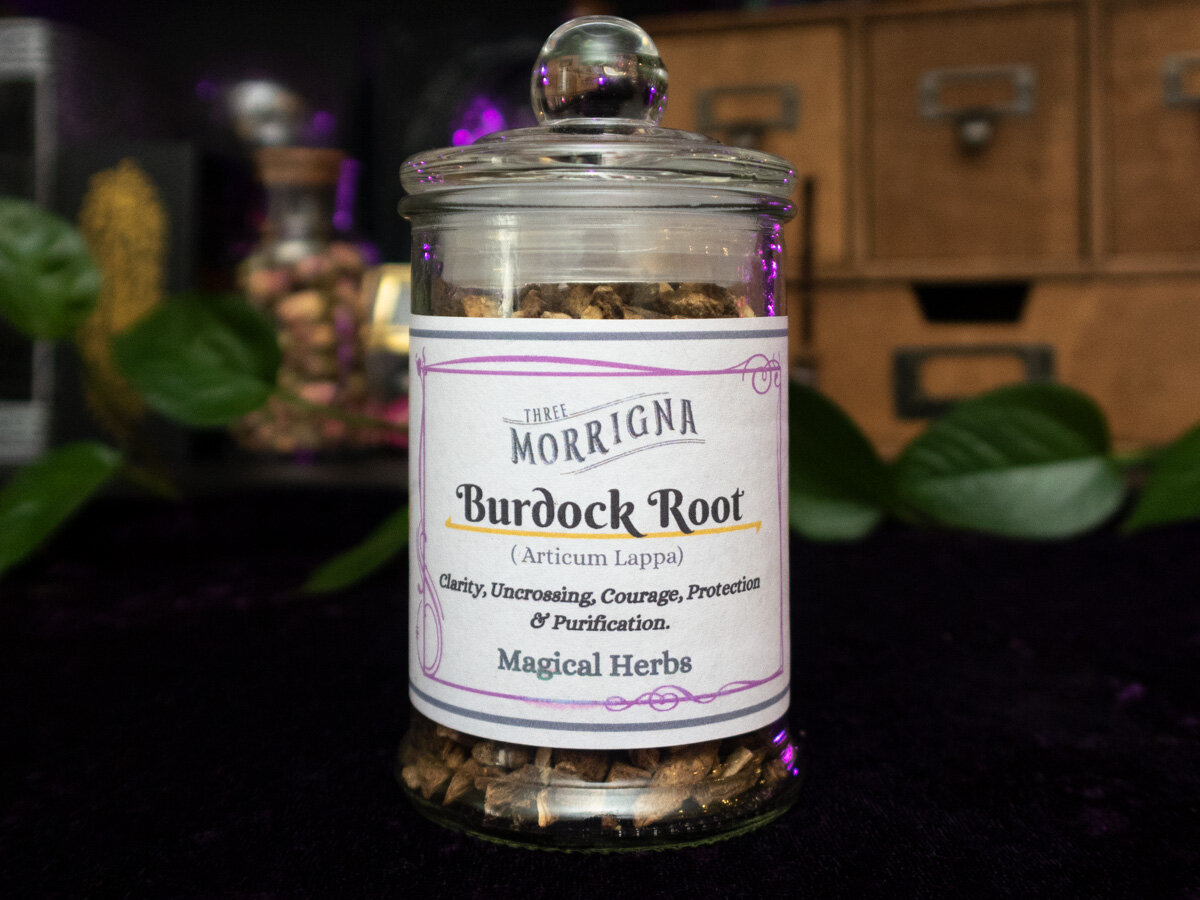

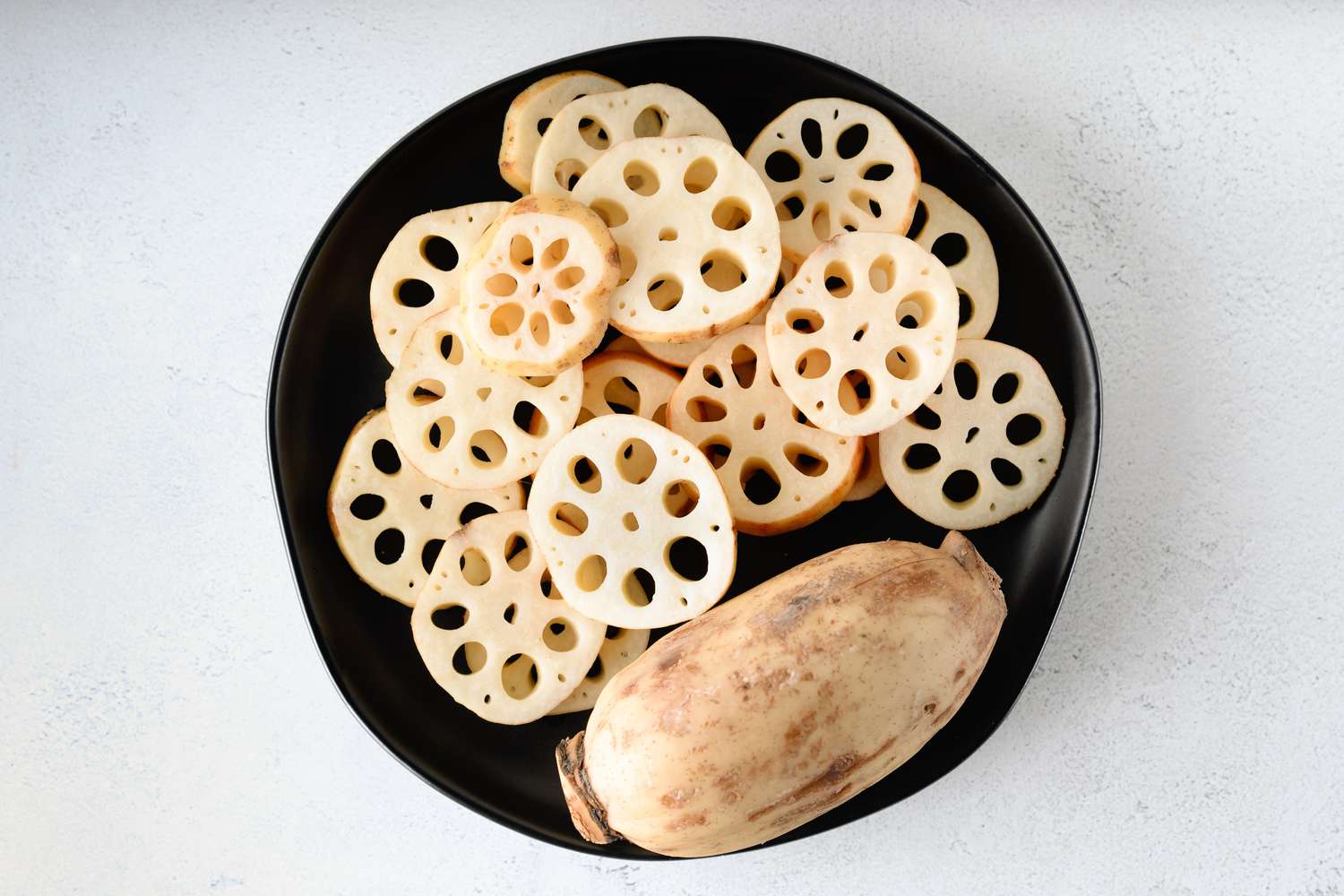

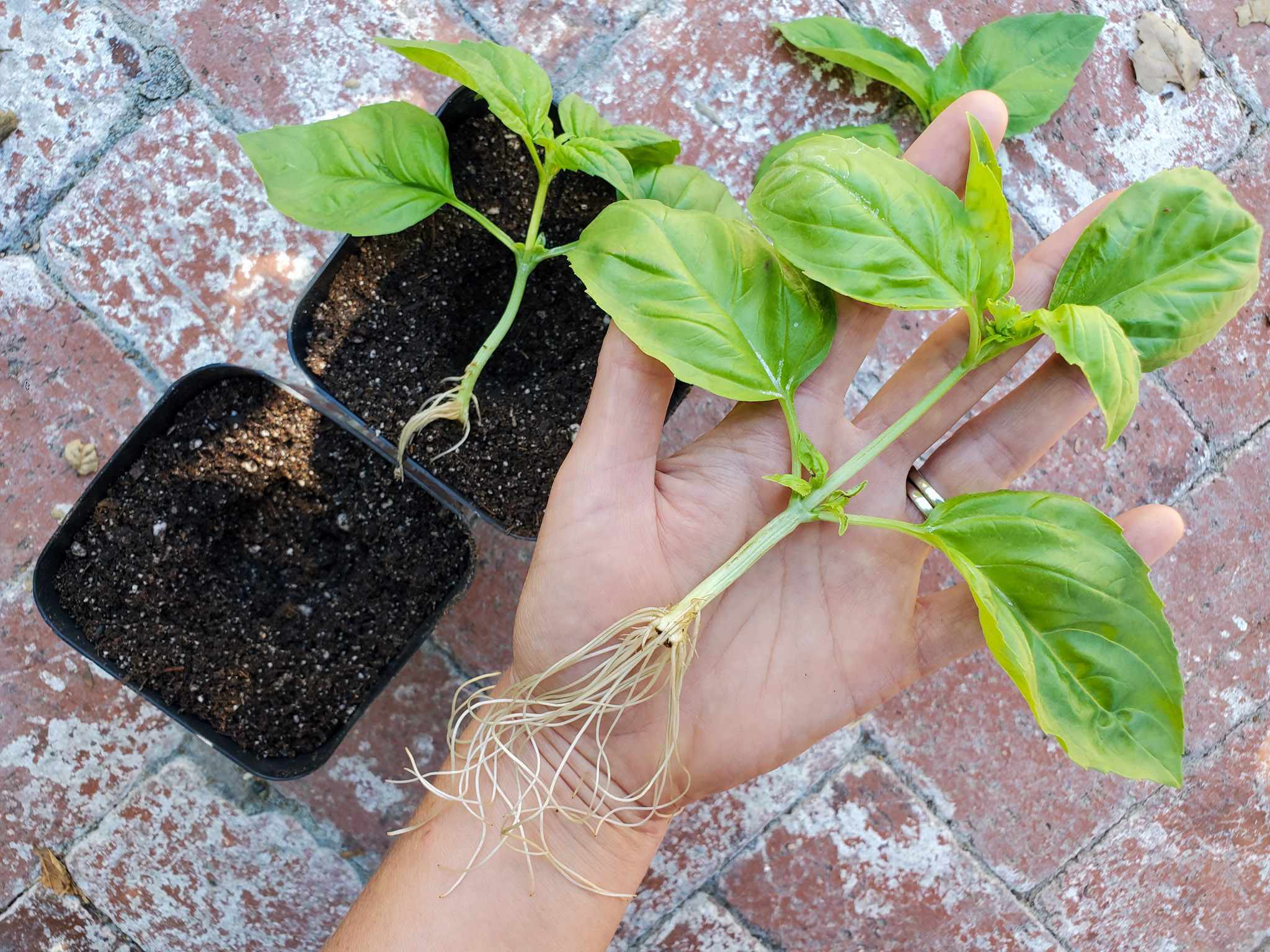

0 thoughts on “How To Store Celery Root”